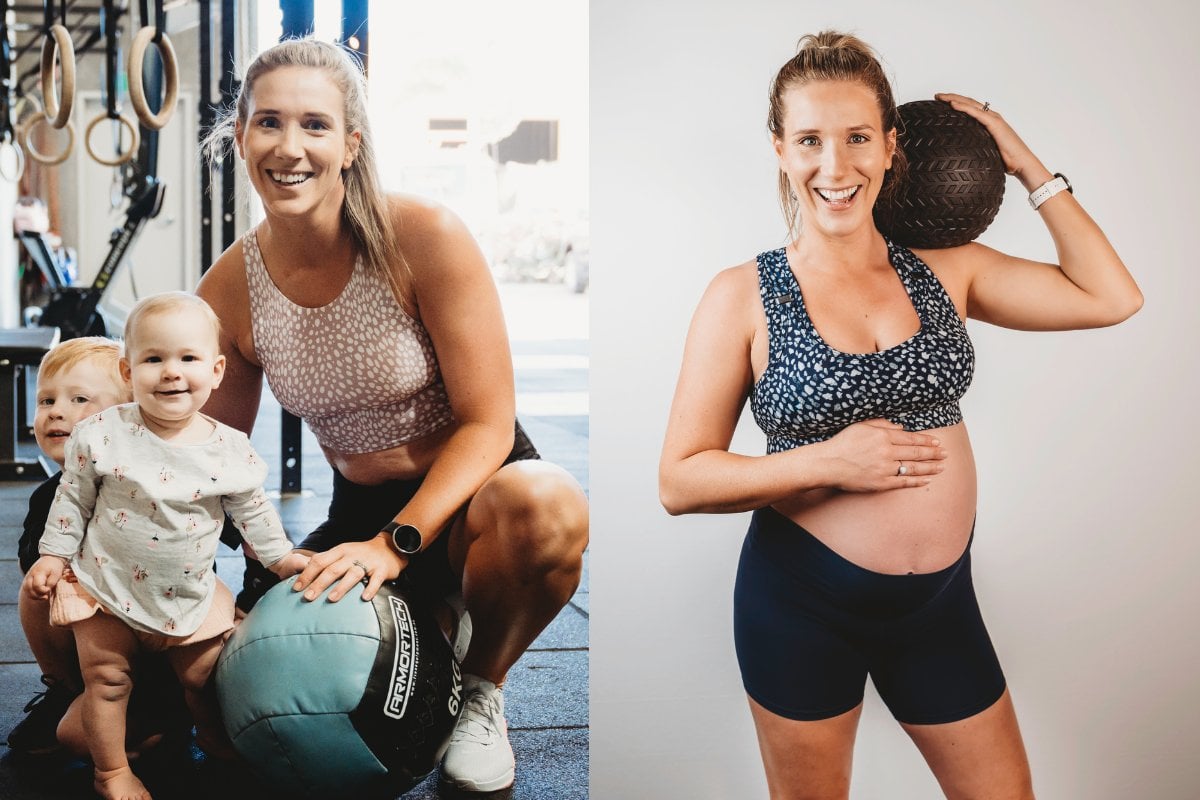
Pregnancy exercise can be such a confusing topic.
On one end, we're given general health guidelines that recommend activities like "brisk walking" and "light resistance activities" during pregnancy.
Then, on the other end of the spectrum, we're watching incredible athletes defy our previous ideas of what pregnancy exercise looks like, by doing weighted sled pushes and barbell squats (we're looking at you, Tia-Clair Toomey-Orr!).
With such a wide range of approaches, how can we work out what's right for our individual needs?
To help us take the guesswork out of pregnancy exercise, we've enlisted the help of Brooke Turner, an exercise professional, pre- and postnatal expert, and mum of three.
Here, Brooke breaks down a few pregnancy exercise misconceptions, so that you can feel empowered on your prenatal fitness journey.
Side note: Whether you're navigating sleep routines or you want to know which baby products you actually need, we've designed the Baby Brain mailing list to be your go-to source for everything you need to know. Sign up here.
Watch Emily Skye's pregnancy safe exercises. Post continues below.

